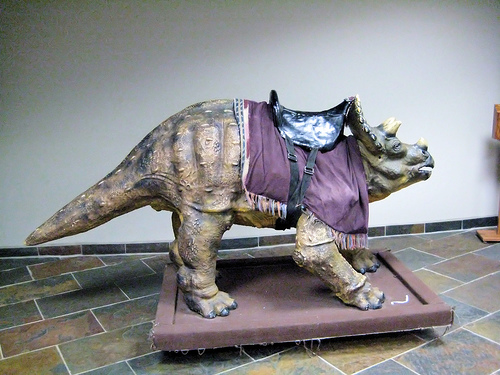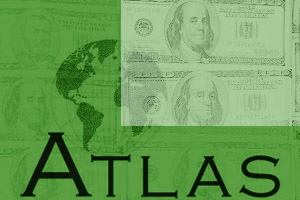
Credit: Scwartz, M. and M. Thompson, "Divided We Stand: Redefining Politics, Technology, and Social Choice" (1990)
An interesting piece from Howard Silverman in People and Place on how our different worldviews affect how we think about and what we believe about climate change.
Few aspects of modern life express our different worldviews more sharply than our responses to climate change. Why we respond so differently illustrates the different ways we rationalize the interaction between humans and nature.
The cultural theory matrix pictured here illustrates four opposing worldviews. In nutshell, acceptance of social controls is plotted on the vertical axis against levels of social commitment on the horizontal axis. The quadrants contain four worldviews, which manifest as the different ways of life that structure our social relations and support our particular blend of beliefs, values, emotions, perceptions, and interests.
The matrix includes these four stories:
The hierarchist’s story (nature perverse/tolerant): International protocols and national commitments are needed to address the tragedy of the atmospheric commons and reduce greenhouse gas emissions.
The egalitarian’s story (nature ephemeral): The underlying problem is consumption (resource throughput). Precaution, lifestyle simplicity and grass roots action are the most effective responses.
The individualist’s story (nature benign): To address climate change, rely on laissez-faire markets to spur competition and innovation. The benefits of climate change may even balance out the costs.
The fatalist’s story (nature capricious): Natural forces are beyond human understanding, much less human influence.
Silverman points out that a fifth worldview called “nature resilient” or “nature evolving” is sometimes pictured at the center of the axes of this matrix, overlapping the other four worldviews. Some have labeled the bearer of this fifth rationality as “the hermit,” whose worldview is flexible and adaptive, and who actively experiments with new institutions, seeking to gain insights.
The hermit’s story is explored in much current resilience thinking.
(H/T Garry Peterson at Resilience Science.)
For a larger view of the matrix, you can check out the original in the P&P blog post.
Which worldview do you identify with?





